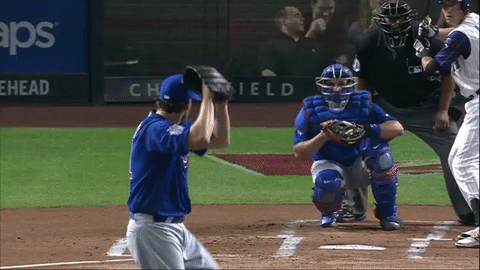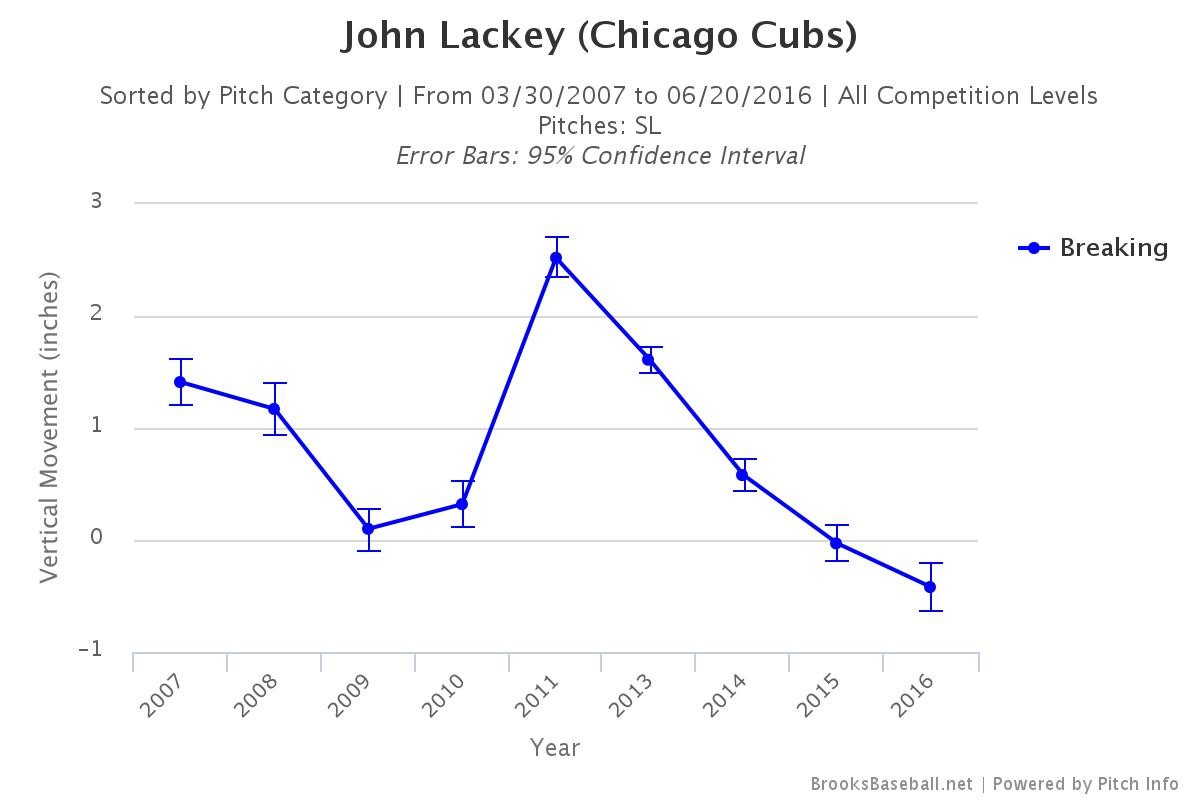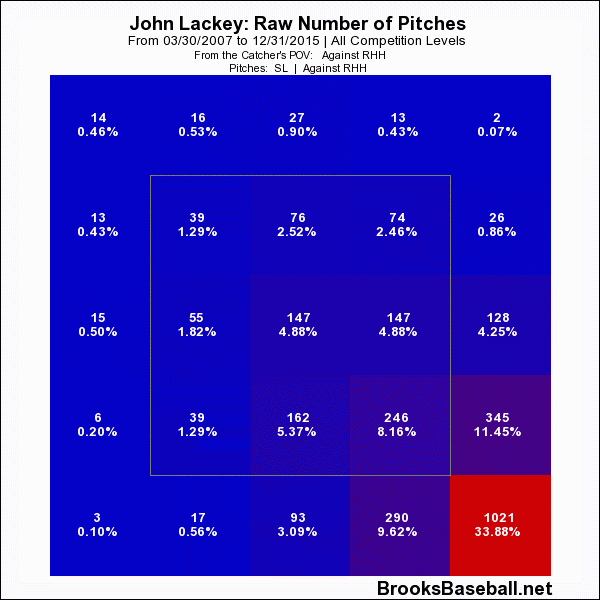The MLB draft was about two weeks ago and the Blue Jays selected a lefty out of Division 3 Union College in the 30th round. At first blush, a pick like this sounds like when a team selects a notable name like football star Russell Wilson for some good publicity. The selection might lead you to believe that Jake Fishman is a little crafty lefty who tosses batting-practice fastballs.
Well, not exactly. Jake Fishman was the top pitching prospect in all of Division 3 heading into the year, and he finished his 2016 collegiate season with a 0.41 ERA and 85 strikeouts in 66 innings, while regularly running his fastball up into the 90s. The 6’3 lefty was heading to play in the Cape Cod League this summer before the Blue Jays plucked him, signed him, and started him down a whirlwind that hopefully ends in big-league success.
Over the last few days, Jake has been kind enough to exchange emails with me. We covered his draft process, adjusting to pro ball, some of his theories on pitching, and tardigrades. I’ll be rooting for Jake, even as a proud Vassar Baseball alum. He’s a nice guy, a good story, and clearly a hard worker. Enjoy the interview.
SM: I saw that you just signed, so Congrats! Vassar coach Jon Martin is probably happy with that decision. How did that process work? Can you walk me through the decision making that lead to signing and foregoing your senior year? Union College is a good school with a good reputation.
Jake: Thank you! The draft process is definitely hectic. For me, it was difficult to understand because I come from a family with no professional athletes and I went to a school where nobody has been drafted for baseball. Everything was new for us. So when scouts started to come around, my family and I started reaching out to anybody we could talk to that had gone through the process to get info on it. Eventually as the season progressed, a lot more teams reached out and watched me pitch. This went on until my season ended and we accumulated a hand full of teams that we could tell were more interested than the rest. I was invited to a few pre-draft workouts so I drove out and pitched for a couple teams before the draft.
When we finally reached the draft, we were waiting to hear (from) anybody. At the beginning of day 3 we got two phone calls from the Reds and the Blue Jays. I could have gone as early as the 10th round, but rounds 10-20 flew by very quickly and we hadn’t heard anything. I knew from the start that you can’t trust what the scouts tell you, but after round 20 hit I started to get really nervous.
The Blue Jays reached out again and said I was still on their draft board and they were thinking of taking me, while the Reds told us I would be a very late pick if they were to take me, and then they would watch me pitch in the Cape League to see how I did. Finally, when I was at the point of thinking I wasn’t going to get taken, the Blue Jays took me in the 30th round. It was the best feeling in the world.
Even though I went in the 30th round, they gave me a very reasonable offer for a kid like me. I expressed to the Blue Jays how important school was to me, and they offered to pay for my entire senior year of school. Tuition for next year is $65,000. If they didn’t offer to pay for school, I wouldn’t have signed. That was my biggest requirement. Before the draft, I spoke with my Dad so we could agree on a number. If push came to shove, I would accept a $50k signing bonus and all of school.
In the end, I was beyond happy with the offer they gave me because I had a lot of friends who are phenomenal players that didn’t get selected in the draft. I also think for the best opportunity to make it to the major leagues, I should start my career as soon as possible. As a deceptive lefty, there’s a chance I can move up the ranks fast, so if I have a great year in the minor leagues, they may look at me and say “let’s challenge this kid” and I would move up fast. And of course the Blue Jays were encouraging about getting me back to school in the fall to work towards finishing my degree. They might send me to a fall instructional league, but if they don’t then the timing works out perfectly with Union’s trimesters for me to get a fall term in before spring training starts.
SM: Okay that all seems to make a surprising amount of sense. I know that’s a nerve-racking process. I had a friend who actually went undrafted following his senior year after thinking he’d be picked up, and then wound up signing with the Yankees and has worked his way to high-A and is pitching well there, so draft position really isn’t all that important. My buddy Max actually wrote about Yankees’ farmhand Matt Marsh here and I did a follow up about the success he’s enjoying so far in 2016.
Anyway, your approach to the draft seems to align with the analytic approach I gleaned from your blog on pitching mechanics. You seem to have some strong opinions on pitching that have definitely helped you improve velo. So I guess two questions:
1) How’d you go from 84-86 as a freshman to 92 as a junior? A whole lot of us never make that jump.
2) You’re going to have a whole lot of new coaches and new perspectives. The Liberty League and [Union Head Coach] Paul Mounds are used to your kind of “heady” player. How are you going to handle it if the Jays make some adjustments to your mechanics or repertoire that don’t really make sense to you?
I tend to take an analytical approach with most things (except when I’m on the mound). But you’re definitely right about me having some strong opinions about pitching. I think that if somebody finds something that works for them, they should stick with it.
1) The big jump I made was from freshman to sophomore season in velocity. I put on 20 pounds and my strength shot through the roof. I’d always been a pretty fast kid, but I was scrawny. When I put on the weight I got bigger, stronger, faster and the velo followed.
I was around 88-90 my sophomore year (as long as it was warm), but I was a little shaky on the mound. It felt almost as if I had hit another big growth spurt and I didn’t have pinpoint control of my body. It took me until the summer, where I pitched for the Brockton Rox (of the collegiate summer league FCBL), to figure out my mechanics again. From then I’ve maintained my weight and kept my control. It’s been smooth sailing ever since then and I picked up a mph or two just from adding strength over this year.
2) It’s funny to me that you bring that up. The past three years, Coach Mound has accepted that I have my own philosophy behind the stuff I do and he was very open to letting me follow my routine. High school was the same way. The commonalities between the two is that I was pitching well. As long as I do well, my coaches have stayed away from changing me mechanically and philosophically. From what I can tell, the Blue Jays follow the same approach. After listening to our pitching coordinator here, he has been discussing a lot about his philosophies and what the ideal pitchers have done to make it to the big leagues. He’s been making suggestions to us that he thinks will help us. He doesn’t expect us to change, but if we start pitching poorly those suggestions are gonna have to be worked into our routine. So my take on that is I’ll just keep pitching well and there shouldn’t be an issue.
SM: It should be interesting to see how that plays out. I know different organizations tend to have different philosophies on how their pitchers should conduct themselves. Was it Daisuke Matsuzaka who threw 300-foot long toss between starts? That got shut down quickly by the Red Sox.
I also noticed that you had 5 unearned runs this year. How many of those were legit unearned? Did your ERA benefit from some friendly scorekeeping?
Yeah they shut down a lot of the stuff Matsuzaka did that seemed unusual for baseball in the United States. For now, they are just encouraging us to just go out there and pitch our game so they can see what we have and make adjustments from there.
Thinking back, maybe one of those unearned runs could be scored as an earned run. But at the same time, one of my earned runs could have turned out as unearned, so I think in the end it’s balanced itself out.
SM: Yeah, it’s just interesting to think about the difference between really good and great. I guess that difference gets that much tighter in affiliated ball.
I saw an awesome interview with Lance McCullers that really felt like a new-age way of thinking about attacking hitters. I’d love to hear your reaction to his theory of emphasizing spin over movement and velocity.
Jake: It really does. We got to see some big leaguers a couple days ago who were recovering. They threw an inning to our drafted position players and you could tell there was a difference but it’s such a small one. Everything’s just a little bit tighter.
I like his approach. As a former hitter in college, I can relate to what he’s talking about in terms of picking up the spin on the ball. Not being able to see the spin was what beat me most. It’s definitely new-age now that we can pick up spin rates of the ball and I think it can be an extremely useful tool to use.
I like his view on a lot of things he mentions in his interview like adjusting to the hitters’ mentalities whether they are being aggressive or patient at the plate and his changeup (because that’s how I throw my changeup). But at the same time, I think location of the pitch is just as important. Or maybe I should say it’s another way to fool the batter in combination of spin. I can see having spin rate as a priority though, because if you can’t see the spin you don’t know where the ball is going.
SM Exactly. Well I’m sure the Blue Jays will get some spin reads on you and you can start to use that information to your advantage.
Thanks so much for the exchange of emails. We’re definitely be looking out for you and I will likely reach back out in the offseason to see how things are going.
Now, it’s time for the rapid fire all-important questions. You must answer honestly and you’re only allowed to provide explanation for 2. No clarification from me of any kind will be provided.
- Which Pokemon game was the best: red, blue, gold or silver?
Gold. Because you can go back to the Kanto region and Ho-oh is badass.
- Who wins in a fight to the death, assuming both parties are savage, LeBron James or 1,000 kindergardeners?
1,000 kindergardeners
Yes.
- How tall is the average tree?
20 feet.
- True or False: Vassar’s coach Jon Martin resembles a Tardigrade.
I love this. True.
- Would you ride a polar bear if it asked you to?
Depends. What kind of drugs am I tripping on?
- Why are you afraid of heights?
I’m not.
- What’s your favorite flavor of chocolate ice cream?
Chocolate chip cookie dough
- In a game of horse against a horse, don’t you automatically win?
Ah here we go again. The classic horse vs. a horse example. Everybody makes this mistake: you actually automatically lose.
It has bread. And meat in the middle. Gotta say yes.













